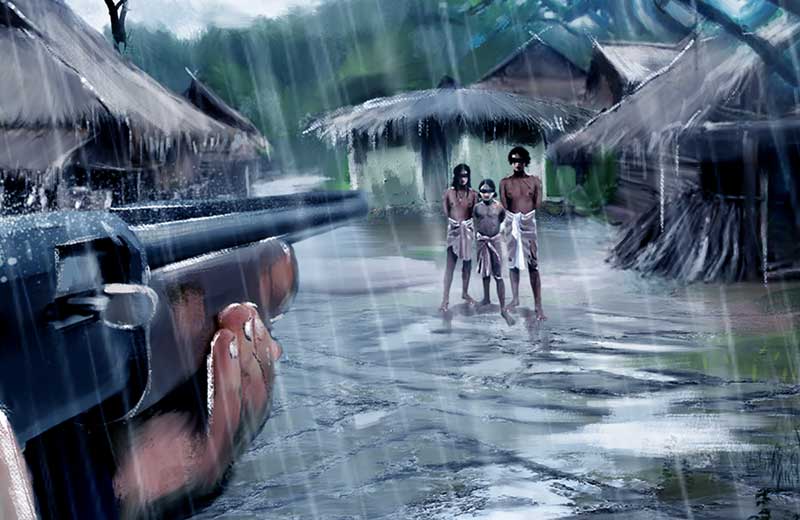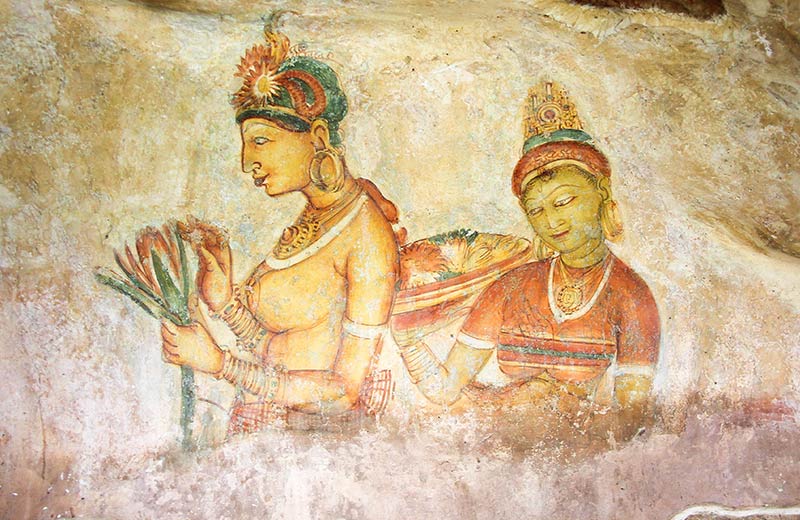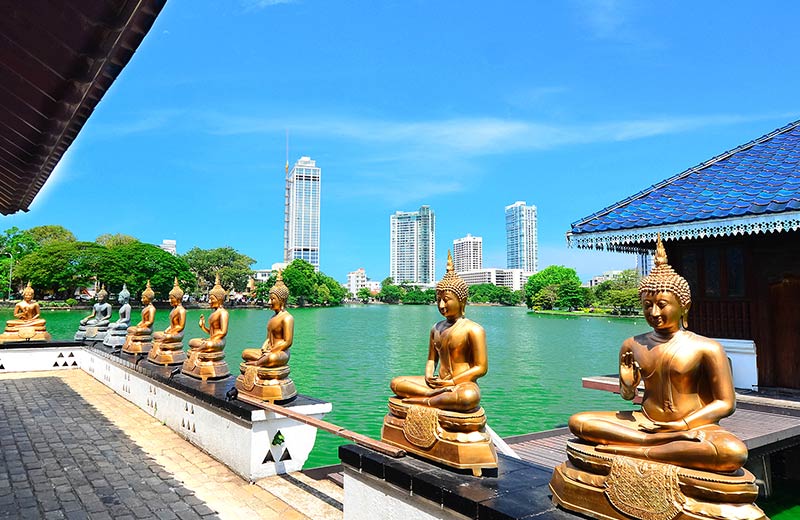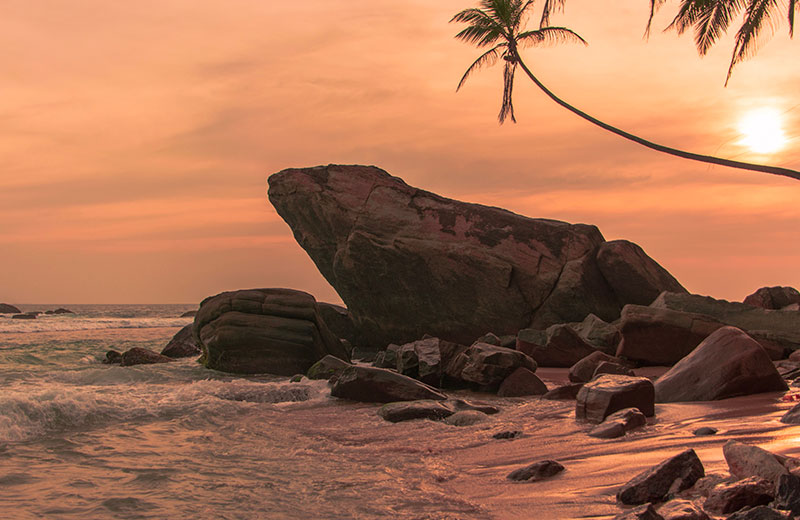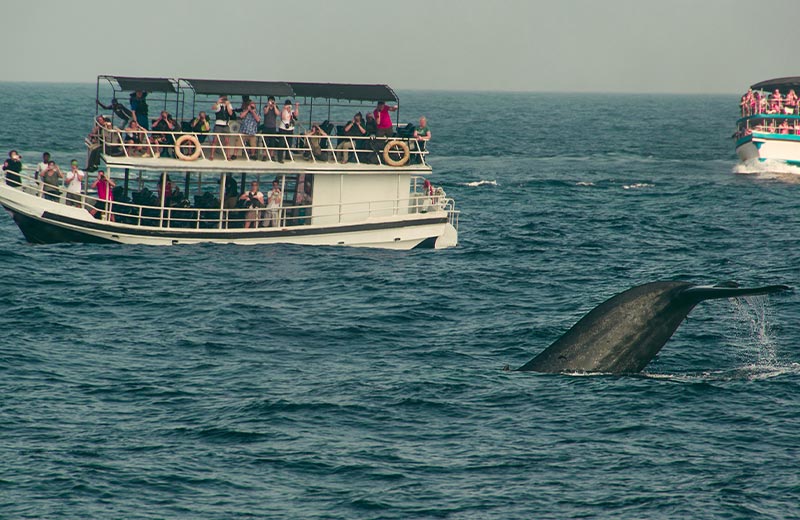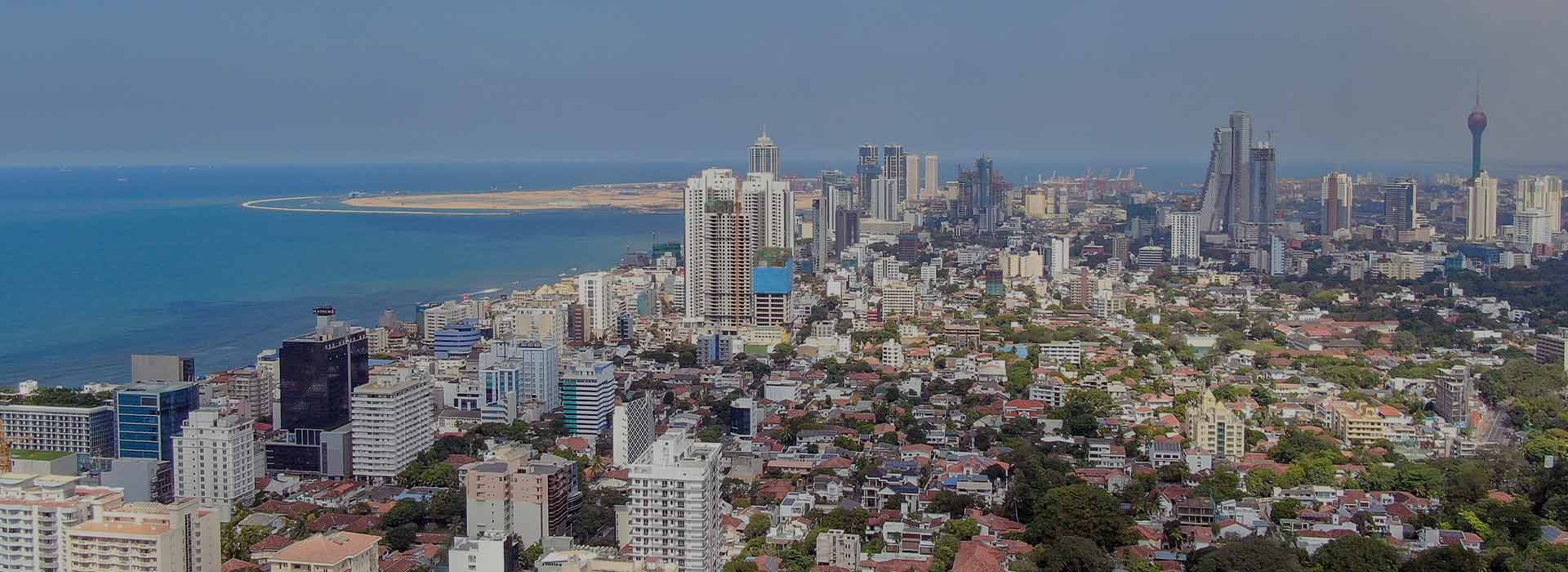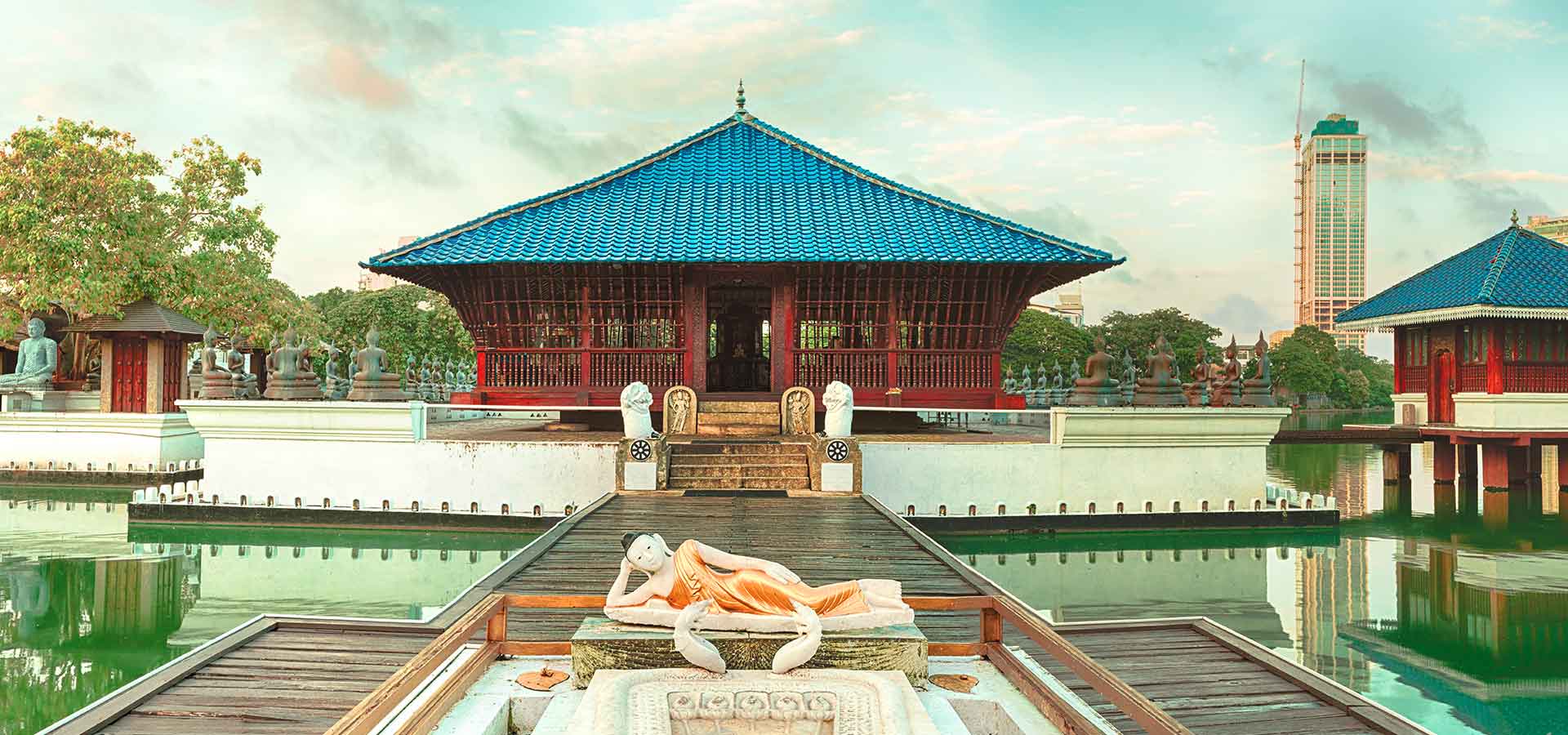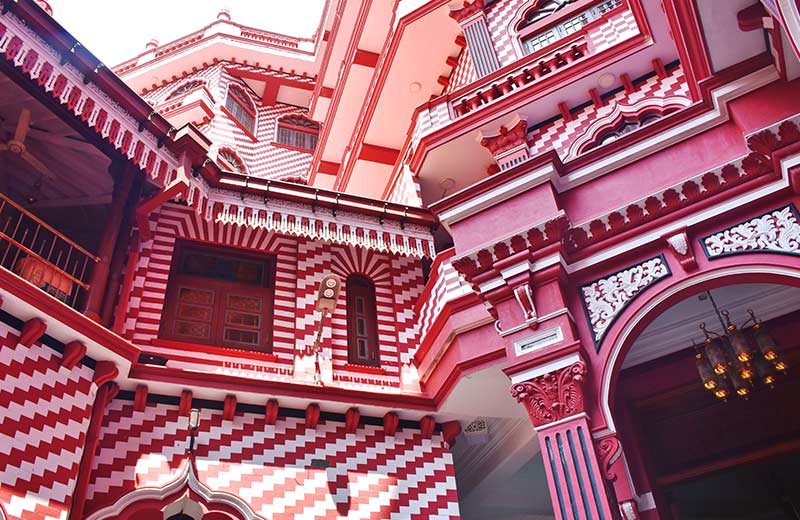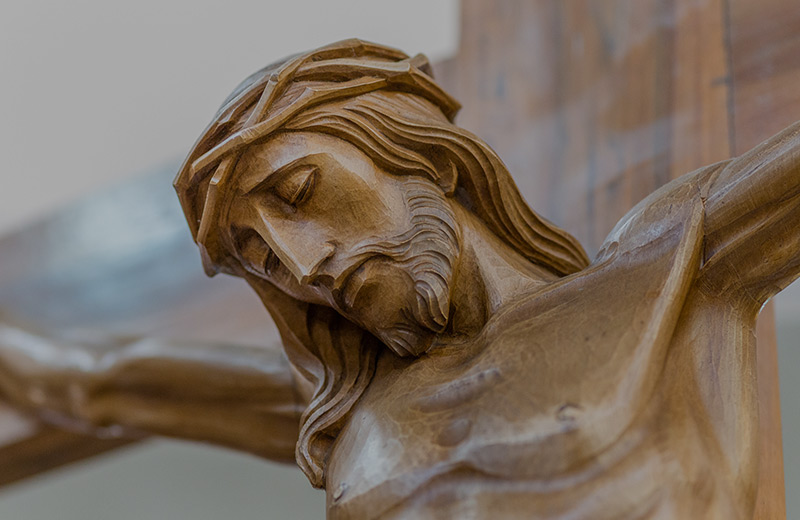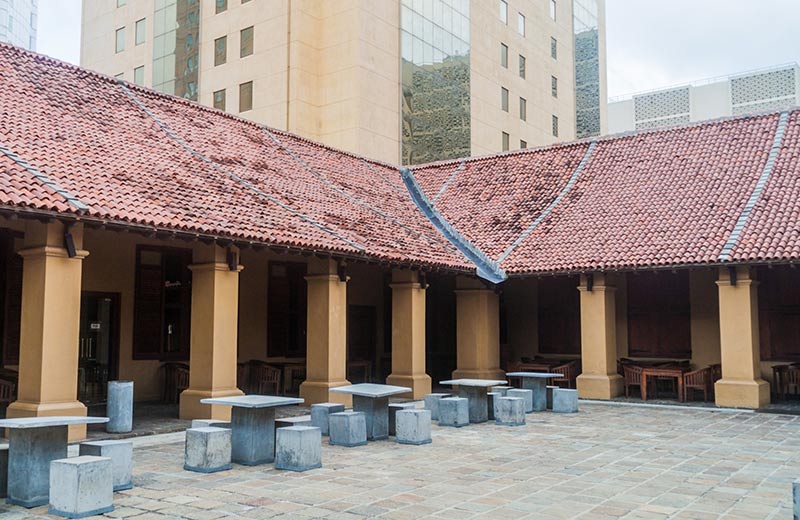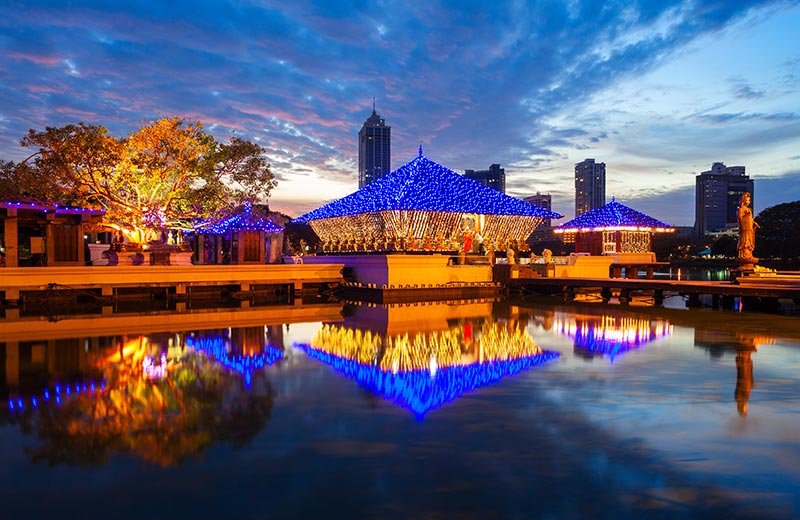- Home
- Tales of Ceylon
Tales of Ceylon

Tales of Angampora
Sri Lanka's Unique Art of CombatCheck out our Tales of Angampora to learn more about the fate of this uniquely Sri Lankan combat technique.
Explore More
The Art, Sculpture and Poetry of Sigiriya
Artistic CreationsKing Kashyapa reigned with an iron fist during the 5 th Century AD, and it certainly shows in the artistic creations that adorn the walls of Sigiriya...
Explore More - Destinations

Attractions in Colombo
AttractionsColombo has many great places to visit, from museums, to heritage buildings, to bars and restaurants. We’ve identified some of the most important...
Explore More
Experiences In Galle
Experiences In GalleGalle is one of a few Sri Lankan cities that offer a wide variety of experiences that are appealing to different types of travelers. From sun and sand, to culinary...
Explore More - Experiences
Signature Experiences

The Best Diving and Snorkelling Sites in Sri Lanka
Full of incredible sightsThe waters that surround the beautiful isle of Sri Lanka are full of incredible sights and wonders just waiting to be explored. We’ve compiled a list...
Explore More
Whale Watching in Mirissa
Signature ExperiencesMirissa, a hamlet that has fast become a great respite for all types of travellers, has a thriving marine ecosystem that has made the reefs and...
Explore More
- Destinations
- Colombo
- Galle
- Kandy
- Sigiriya
- Yala
- Nuwara Eliya
- Bentota
- Jaffna
- Negombo
- Pasikudah
- Anuradhapura
- Experiences
- Whale Watching
- Wildlife Safari
- Diving and Snorkelling
- Surfing in Sri Lanka
- Ayurveda
- Tales of Ceylon
- Tales of Colombo
- Tales of Galle
- Tales of Kandy
- Tales of Nuwara Eliya
- Tales of Sigiriya
- Tales of Yala
- Tales of Angampora
- Tales of Bentota
- Tales of Negombo
- Tales of Anuradhapura
- Tales of Jaffna
